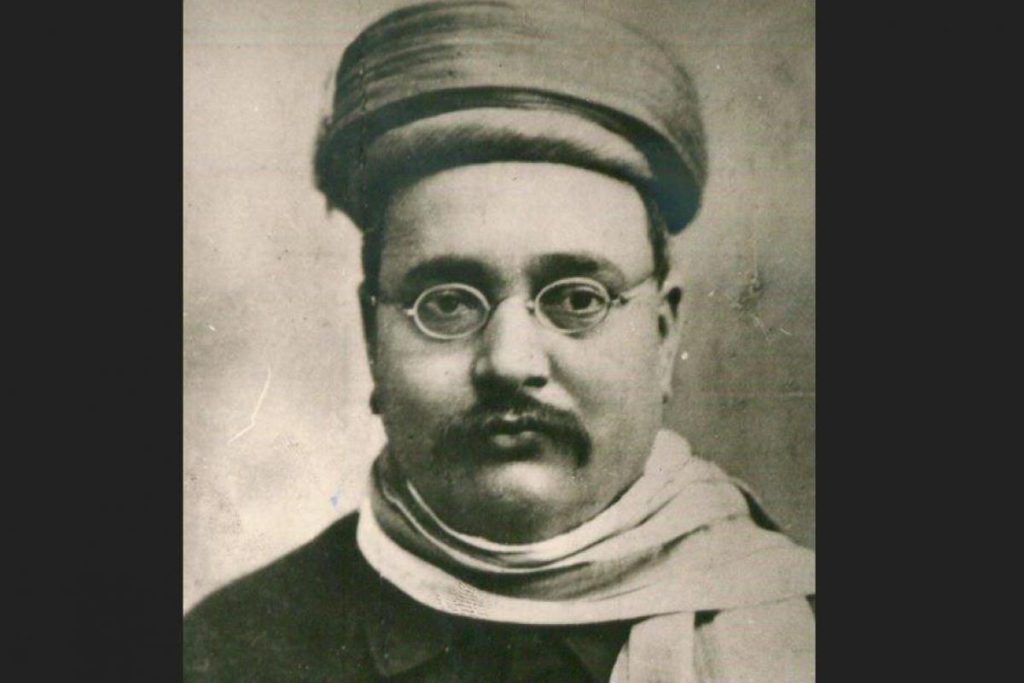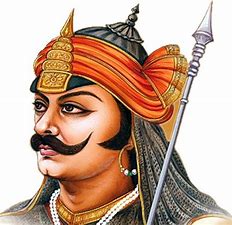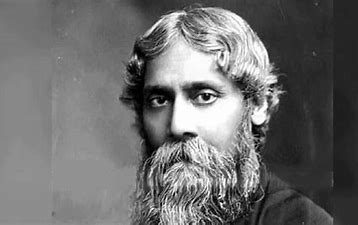CONTENTS
- Gopal Krishna Gokhale
- Maharana Pratap
- RabindranathTagore
Gopal Krishna Gokhale
Focus: GS I- Personalities in news, Modern History
Why in News?
PM paid tributes to Gopal Krishna Gokhale on his birth anniversary. He was born on 9 May 1866.
About Gopal Krishna Gokhale

Gopal Krishna Gokhale was born on May 9th, 1866. He was a renowned social reformer of India and was one of the leaders of the moderate bloc of the Indian National Congress. He was known to be the Mahatma Gandhi’s political mentor.
Contributions of GK Gokhale in freedom movement of India:
- Gokhale campaigned for Indian self-rule and also social reform.
- He was the leader of the moderate faction of the Congress party that advocated reforms by working with existing government institutions
- He gave budget speeches as a member of the Imperial Legislative Council.
- He contributed articles to the English weekly Mahratta.
- He served as Secretary of the Deccan Education Society.
- After being given charge of the Bombay Provincial Conference in 1893, he was elected to the Senate of the Bombay University.
- He visited Ireland and arranged for Irish nationalist Alfred Webb to serve as the President of the Indian National Congress in 1894.
- As a member of the Pune Municipality, twice elected its president, Gokhale continued to strive to solve the problems of the poor, and those who came to him with grievances.
- Gokhale also published a daily newspaper entitled Jnanaprakash, which allowed him to voice his reformist views on politics and society.
- He was later elected to the Council of India of the Governor-General of India in 1903.
- He was appointed as the Companion of the Order of the Indian Empire in 1904 New Year’s Honours List.
- He was instrumental in the formation of the Minto-Morley Reforms of 1909, which eventually became law.
- Gokhale was a mentor to both Mohammed Jinnah and Mahatma Gandhi. Mahatma Gandhi even wrote a book called, ‘Gokhale, My Political Guru’. His core beliefs about the importance of political liberty, social reform and economic progress for all Indians are still relevant to our times.
- Gopal Krishna Gokhale was the president of Indian National Congress Session in Banaras in 1905.
- Bal Gangadhar Tilak called him ‘Diamond of India
Works/Institutions he was associated with:
- Servants of Indian Society
- Sarvajanik Sabha Journal
- Ranade Institute of Economics
- The Hitavada
Maharana Pratap
Focus: GS I- Personalities in news, History
Why in News?
May 9 marks birth anniversary of Maharana Pratap, the 13th Rajpur king of Mewar. Maharana Pratap was born in 1540 and died at the age of 56 in 1597.
About: Maharana Pratap

- Pratap Singh popularly known as Maharana Pratap, was a king of Mewar, a region in the present day state of Rajasthan.
- He was the eldest son of Udai Singh II (founder of city of Udaipur).
- He is known for his bravery in the Battle of Haldighati. It was fought in 1576 between Maharana and the forces of Akbar led by Man Singh of Amber.
- Rana’s forces were defeated in 6 hours. But the Mughals failed to capture him. Maharana re-gathered his forces, fought and won against the Mughals after six years in 1582. Having faced a terrible defeat, Akbar stopped his military campaigns against Mewar after the battle.
- Chetak is the name given in traditional literature to the horse ridden by Maharana Pratap at the Battle of Haldighati. However, some Historians debate it. According to tradition, Chetak, although wounded, carried Pratap safely away from the battle, but then died of his wounds. The story is recounted in court poems of Mewar from the 17th century onwards.
- Pratap Gaurav Kendra: It is a tourist spot at Tiger Hill in Udaipur city, Rajasthan. It aims at providing information about Maharana Pratap and the historical heritage of the area with the help of modern technology.
Rabindranath Tagore
Focus: GS I- Personalities in news, History
Why in News?
PM has paid tribute to Gurudev Rabindranath Tagore on Tagore Jayanti (May 9th).
About Gurudev Rabindranath Tagore Ji

- The Rabindranath Tagore Ji was a Bengali poet, writer, composer, philosopher, music composer and choreographer, founder of a unique educational institution Visva Bharati and a painter.
- He reshaped Bengali literature and music, as well as Indian art with Contextual Modernism in the late 19th and early 20th centuries.
- Popularly known as ‘Gurudev’, he was born in an affluent Family.
- He was also called the ‘Bard of Bengal’.
- He was knighted by the British government in 1915, but he later renounced it protesting against the Jallianwala Bagh Massacre.
- He was a widely travelled person and had been to over 30 countries in 5 different continents.
- He met many other eminent personalities like Albert Einstein, Romain Rolland, Robert Frost, G B Shaw, Thomas Mann, etc.
- He had spoken at the World Parliament for Religions in the years 1929 and 1937.
- The Tagore Ji’s birth anniversary is celebrated by Bengalis all over the word as Rabindra Jayanti.
- It is marked on the 25th day of the Bengali month of Boisakh (falls in early May in the Gregorian calendar), it is celebrated in Bangladesh also.
- A period of prolonged agony ended with Tagore’s death on 7 August 1941, aged 80.
Contributions of Gurudev Ji
- The Tagore Ji began writing poetry at the tender age of eight years old and at 16 years of age, Tagore released his first collection of poems under the pen name ‘Bhanusimha’.
- He became the first non-European to win the Nobel Prize for Literature when he won the award in 1913 for his translation of his own work in Bengali, Gitanjali.
- In 1918, he founded the Vishwabharati University at Santiniketan.
- The Tagore JI is responsible for modernizing Bengali prose and poetry.
- His notable works include Gitanjali, Ghare-Baire, Gora, Manasi, Balaka, Sonar Tori, he is also remembered for his song ‘Ekla Chalo Re’.
- The Tagore Ji is said to have composed over 2000 songs and his songs and music are called ‘Rabindrasangeet’ with its own distinct lyrical and fluid style.
- He started the Rakhi Utsav where people from Hindu and Muslim communities tied colorful threads on each other’s wrists.
- His poems and songs infuse people with a feeling of patriotism and love for the motherland.
- His novels, dances, dramas, essays, dance-dramas and stories cover a wide range of topics from personal to political.
- The national anthems of both India and Bangladesh were composed by Tagore. (The India’s Jana Gana Mana and Bangladesh’s Amar Shonar Bangla.)
- The Sri Lankan national anthem is also said to have been inspired by Tagore Ji.




